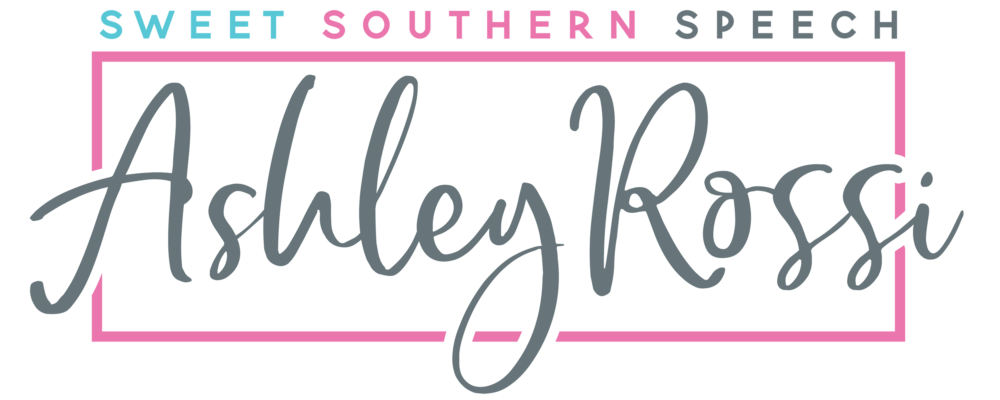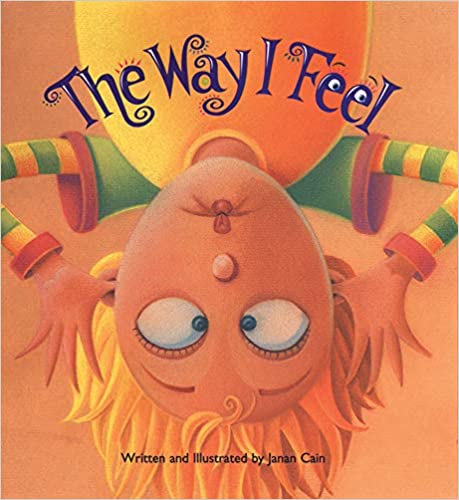Helping children identify and express their feelings in a positive manner is important for their social-emotional learning, developing empathy, and building resilience. Feelings are neither good nor bad, they simply are. Kids need words to name their feelings, just as they need words to name all things in their world. The Way I Feel uses strong, colorful, and expressive images which go along with simple verses to help children connect the word and the emotion. Children will learn useful words giving parents, teachers, and caregivers many chances to open conversations about what’s going on in their child’s life.
This fun emotion/feelings-themed book can be used in speech therapy to address social/emotional topics like identifying different feelings. It is also great for noticing character expressions and for describing each feeling. Discover more of the speech and language teaching concepts for using The Way I Feel in speech therapy below:



